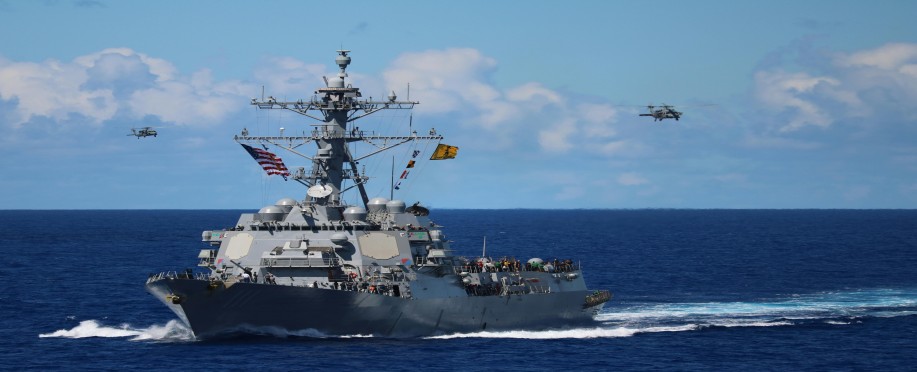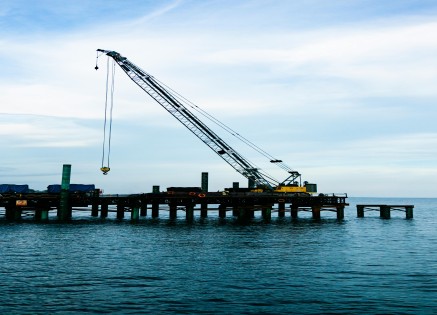Copyright © 2025 lmitac.com All Rights Reserved. Contact - Terms and Conditions - Privacy Policy - Quality Policy - Become an instructor - Vacancies - Sitemap
London Maritime Academy is a trade name for London Premier Groupversion: 2.9.0
London Maritime Academy is a trade name for London Premier Group

Posted on : 6/8/2025, 1:33:18 PM
What if every ship, system, or offshore platform had a built-in mirror designed so you could continuously study, test, and optimise before anything goes wrong? Digital Twin Technology are the new magic knowledge mirror of marine operations. It accurately creates virtual copies of real maritime assets, using data, sensors, and predictive models.
This article explains how this powerful tool reshapes safety, performance, and decision-making in the maritime and offshore industry.
The essence and foundation of marine improvements is technology. Combining theoretical knowledge with new experimental designs, operations are becoming smarter, and safety is reaching new heights. One major reason? Digital Twin Technology.
This transformative advanced technology allows ship operators and offshore managers to view and control a virtual version of a physical ship, structure, or object. A digital twin is no mere analysis model; it acts as a replica of a ship and mirrors the real structure’s behaviour while collecting a wide set of data through sensors to offer a comprehensive, constantly updated representation of the operational performance of the deep-water asset.
The idea behind Digital Twin Technology is to enable professionals to track workflows, spot issues early, and take preventative action without having to be there in person. When it simulates the environment in such an enhanced way, it turns reactive management into predictive action.
Let’s take a closer look. The creation of a digital twin involves more than a single platform. It forms through a structured program that combines IoT, analytics, physics-based models, and machine learning.
These twins stay active and responsive. Each one forms a dynamic, digital entity capable of simulating how its counterpart reacts to wind, waves, or load changes. From the engine room to the bridge, every part stays monitored and digitally replicated, helping operators understand the ship's condition over time.
The digital representation not only tracks the behaviour of objects but also forecasts wear, breakdowns, and unexpected events. It does this throughout the entire life of the product.

One of the strongest benefits of Digital Twin Technology is its use during ship design, long before construction starts, enabling engineers to test-sail a product in simulation before launching it in water.
During the manufacturing process, digitally driven tools will eliminate design errors to optimise layouts. Whereas in production, digital models will streamline processes and keep quality consistent.
Nevertheless, while at sea, the digital twin should stay active. It collects data from connected devices, compares expected performance with real outcomes, and supports smart choices. It’s like a co-pilot that knows every component, every stress point, and every risk.
This strategy depends on creating representations that serve as precise replicas, constantly receiving sensor input and forecasting conditions based on actual performance.
Digital Twin Technology reaches far beyond ships. In offshore operations, twins help drilling systems increase safety and efficiency. They test emergency responses and fine-tune systems in complex environments.
Shipyards use digital twins to track building stages, maintain safety standards, and meet operational goals. In ports, digital systems based on this technology optimise crane paths, container flow, and yard usage.
Training in Maritime engineering courses in London also benefits. Crews use digital twins and simulations to prepare for mechanical issues, navigational errors, or unexpected alerts. The same concept behind performance monitoring now teaches people how to manage systems safely.
The strength of Digital Twin Technology lies in its ability to connect physical and virtual worlds. It forms a bridge that keeps managers, engineers, and operators on the same version of reality.
They no longer guess. Instead, they act based on a constant flow of reliable input. Ships save fuel. Offshore platforms handle risks faster. Port control operations with precision. Everyone plans with greater clarity.
The potential is huge. It can improve fuel use, lower emissions, protect crews, and extend equipment lifespan. Digital Twin Technology does more than run software—it forms the core of modern maritime efficiency.
Digital Twin Technology leads the future of maritime transformation. It pushes leaders forward, it enables them to create and apply intelligent and interactive strategies, evaluate each rating, simulate outcomes, and prepare for challenges they might face while they operate.
Manage one ship or a full fleet, either way, you gain the edge. Start the implementation of Digital Twin Technology and elevate maritime performance.
Don't wait to react. Predict, reflect, and act with insight, accuracy, and control.